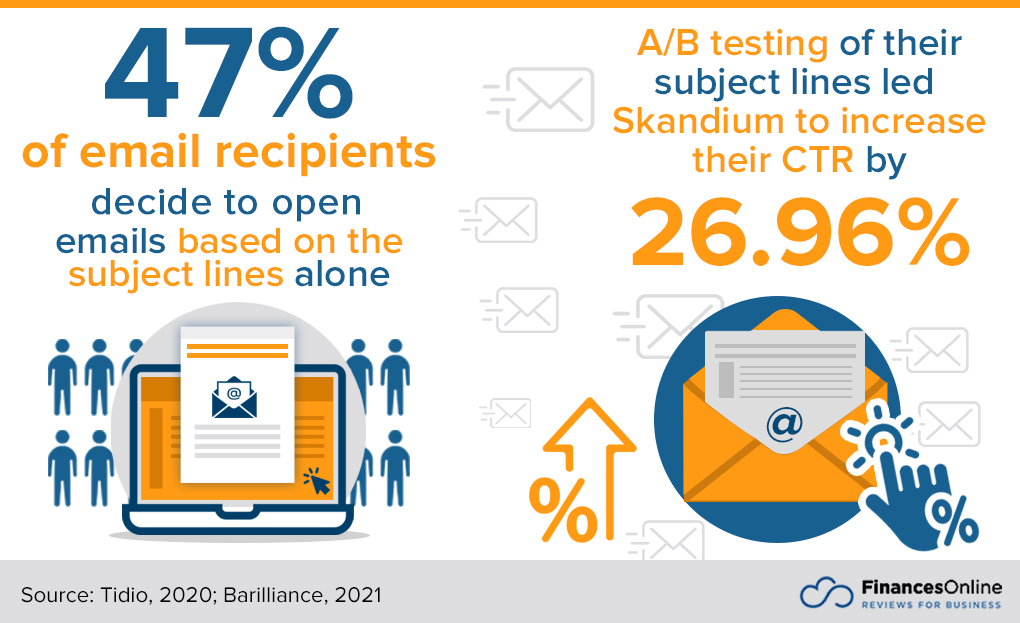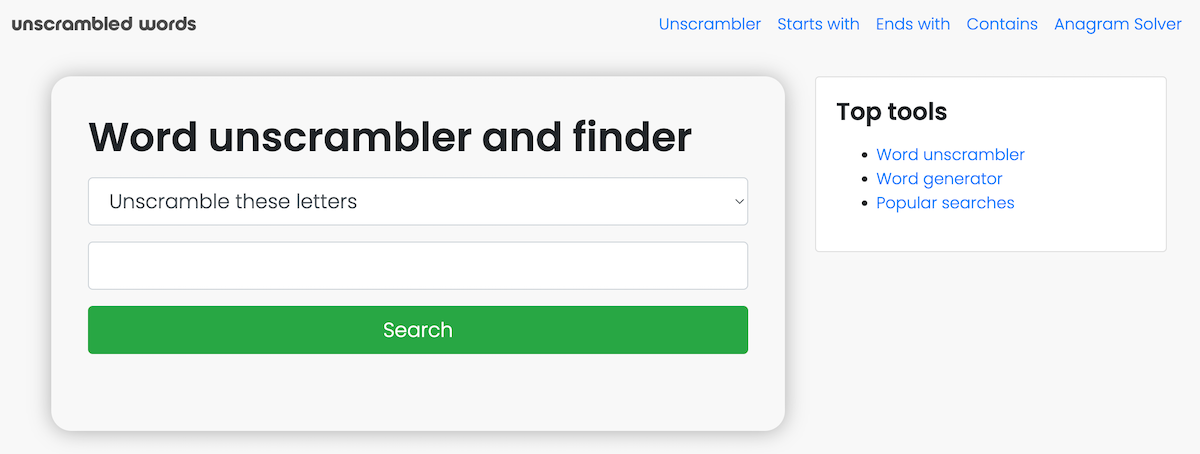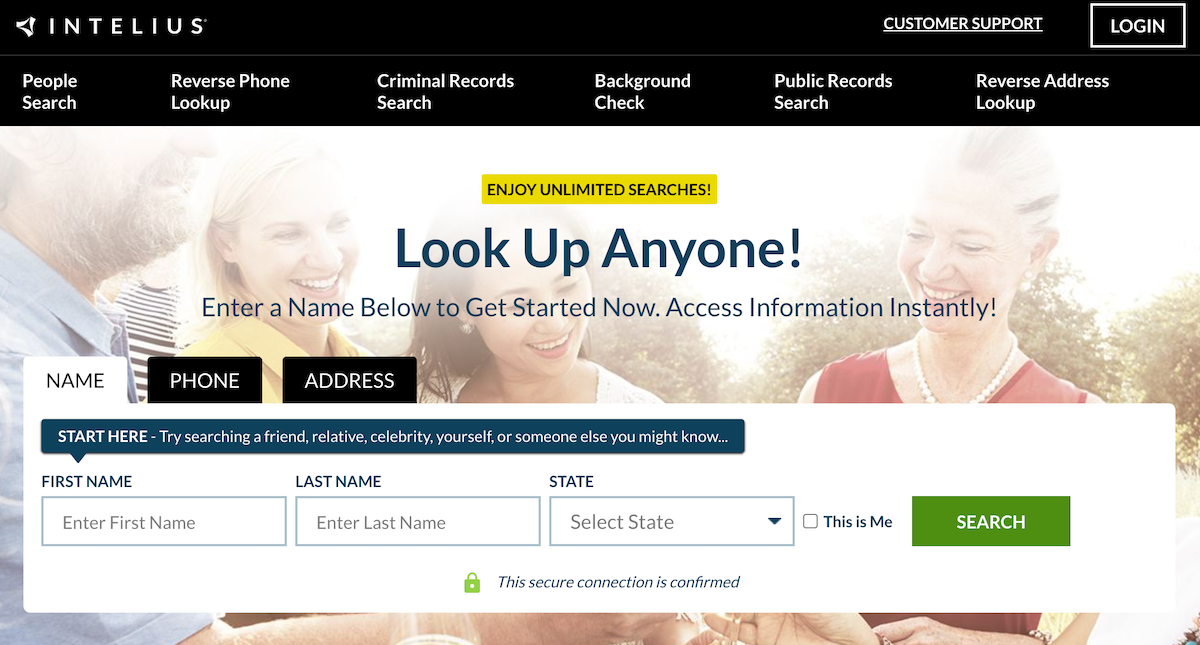
Email marketing is a vital component of any ecommerce business's marketing strategy. Because the welcome email is the first in a sequence that new subscribers will receive, it provides an excellent opportunity to engage with new customers and encourage them to become repeat customers.
Knowing what to include in a welcome email can be tricky since you want to make a good first impression without being overly sales-y. At the same time, you want to set your new customers up for success with whatever products you provide.
In this article, we'll share why the welcome email is one of the most important emails you can send and provide you with the best tips on writing a welcome email that encourages repeat purchases.
The Importance of Welcome Emails
A welcome email is the first step in building a relationship with your new customers. It's an opportunity to thank them for subscribing to your list, introduce them to your brand, and set the tone for future interactions.
Welcome emails also have some of the highest open and click-through rates. Since most people would usually have just subscribed to your list or maybe even just made a purchase, they're more likely to pay attention to your welcome email compared to any other email you send. That means that a well-crafted welcome email can be a powerful marketing tool, driving engagement and sales.
Unfortunately, many ecommerce businesses don't fully utilize their welcome emails. They either don't send them at all or send generic emails with no real purpose. With a little effort, you can write a welcome email that makes a great first impression and encourages customers to return to your store again and again.
Before we get into how to write the best welcome email possible, it's also important to consider that when it comes to ecommerce email marketing, there are different critical types of emails to include as part of your strategy, and that some of the tips that we're about to share with you can be applied to other types of email marketing as well.
How to Write an Excellent Welcome Email
Here are a few tips for writing a welcome email that encourages repeat purchases.
1. Consider the subject line
Writing a compelling email subject line is one of the most important aspects of email marketing. After all, if no one opens your email, you will have sent the email for nothing.
Your subject line should be clear, concise, and to the point. It should also be attention-grabbing without being too sales-y.
If you're in the process of designing a new email welcome campaign, take some time to A/B test different subject lines to see which ones perform the best.

Image Source: Finances Online
2. Personalize your email while keeping it short and sweet
Your welcome email doesn't need to be long or complicated. Shorter emails tend to perform better than longer ones. Get straight to the point and thank your customers for their purchases.
While there is the right time for longer, more in-depth email content, a welcome email is not it.
Moreover, personalization is critical. Include the customer's first name in the email, and use a friendly, conversational tone throughout the message.
3. Include a call-to-action
What do you want your customers to do after reading your welcome email? Make it easy for them by including a clear call-to-action. For example, you might invite them to browse your latest arrivals, sign up for your loyalty program, or take advantage of a special offer.
A call to action should be a staple of every email you send, but it's essential in your welcome email. After all, you want to encourage customers to take the next step with your brand.
4. Use images and videos
Make your email more visually appealing by including images and videos. You could include pictures of your products, staff, store, or even a short video tour of your website. Whatever media you choose, make sure it's relevant to your brand and customers and ties in with the call to action mentioned above.
5. Create a sense of urgency
One way to encourage customers to take action is to create a sense of urgency. You might include an offer that's only valid for a limited time or highlight popular items running low in stock.
Creating a real sense of urgency can be a great way to encourage customers to take action, but be careful not to overdo it. If you use too many urgency tactics in your email messages, your content will feel like one big sales pitch. Use this sparingly and only when they make sense for your brand.
Welcome Email Templates in Various Industries
Modeling what successful brands are doing in your industry can be an excellent way to create a great email for your business. While you don't want to copy someone else's email verbatim, seeing how other companies in your sector craft their email campaigns can be helpful—and the same applies to the welcome email.
Here are a few samples of welcome emails from different industries, sent to welcome new customers who subscribed to the newsletter and encourage them to make a purchase.
Online Games
Say you run a website that is all about unscrambled words. You want to encourage people to buy the pro version of this anagramming software so they can unscramble words faster, but you also want to give them something for free, so they feel like they're getting value in advance.

Image Source: Unscrambled Words
Your welcome email could look something like this:
Subject Line: Unscrambling words is now a piece of cake.
Hi {first_name}
As a thank-you for signing up, we'd like to offer you a free copy of our anagramming software. Just enter the code UNSCRAMBLE at checkout, and you'll get the software for free.
We hope you enjoy your experience on our site. If you have any questions, please don't hesitate to contact us.
Thank you.
P.S. We also offer a PRO version of our software that allows you to do more. We’ll give you more information about this over the next few days—in the meantime, enjoy your free copy of our software.
People Search
A “people search” website helps people find contact information for friends, family, and business associates. Websites such as Intelius and US Search offer this service for a fee.

Image Source: Intelius
The aim of a welcome email in such a scenario would be to get customers to sign up for a paid account so they can access the features on offer.
Your welcome email might look something like this:
Subject Line: Finding people just got easier.
Hi {first_name}, we're glad you're here.
As a thank-you for signing up, we'd like to offer you a free trial of our premium service. Just enter the code TRIAL at checkout, and you'll get full access to our site for 14 days.
We hope you enjoy your experience on our site. If you have any questions, please don't hesitate to contact us.
Thank you.
What Happens After the Welcome Email is Sent
Having an effective email marketing strategy is essential for any ecommerce business. Knowing what happens after you hit send on your welcome email is just as important, and these are some of the essential items to consider.
1. Monitor your results
Keep an eye on your open and click-through rates to see how your welcome email performs. If you're not happy with the results, consider making some changes to your email template or content.
2. Encourage customers to buy
Once customers have received your welcome email, it's time to start thinking about how you can encourage them to make a purchase. You might want to send follow-up emails with special offers, product recommendations, detailed benefits potential customers will get from purchasing, and more.
3. Stay in touch
A welcome email aims to start a relationship with your customer. Make sure you stay in touch by sending regular updates and emails. This will keep your business top-of-mind and increase the chances of customers making a purchase.
In Conclusion
Welcome emails are a great way to start a relationship with your customers. By crafting a well-written email, you can increase the chances of customers purchasing multiple times on your site.











